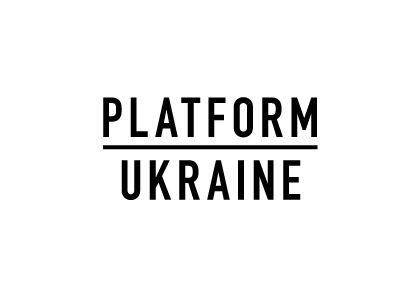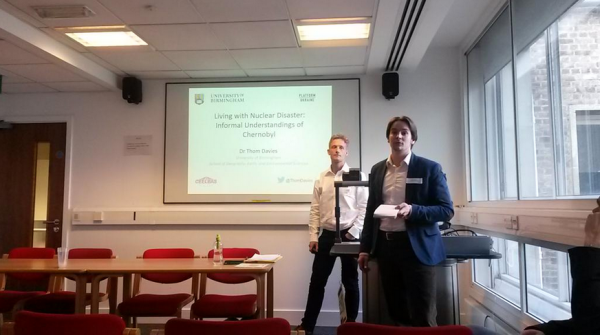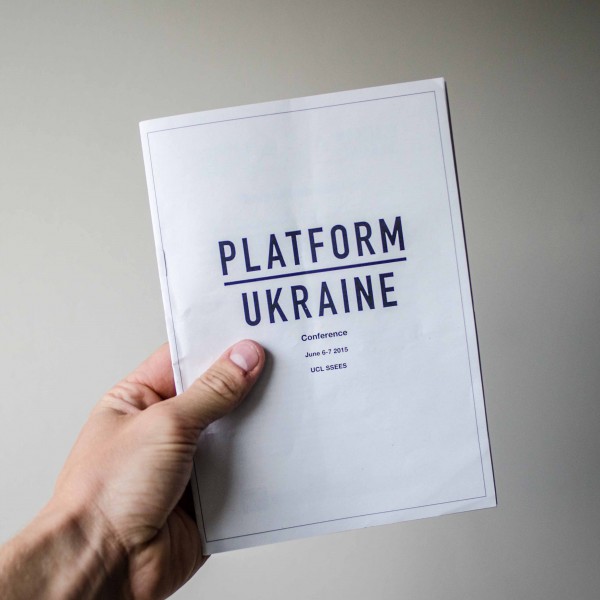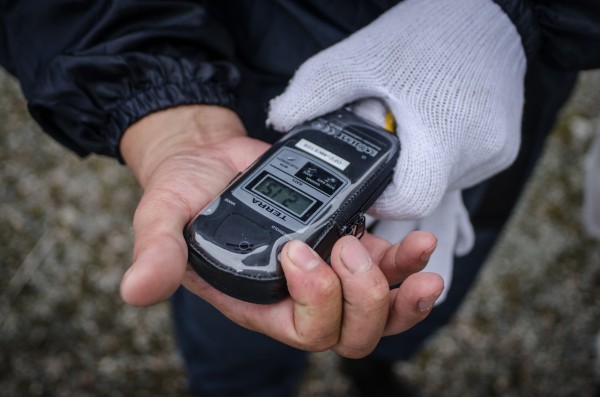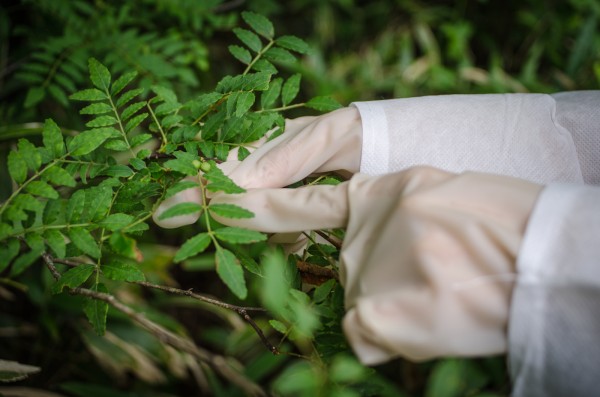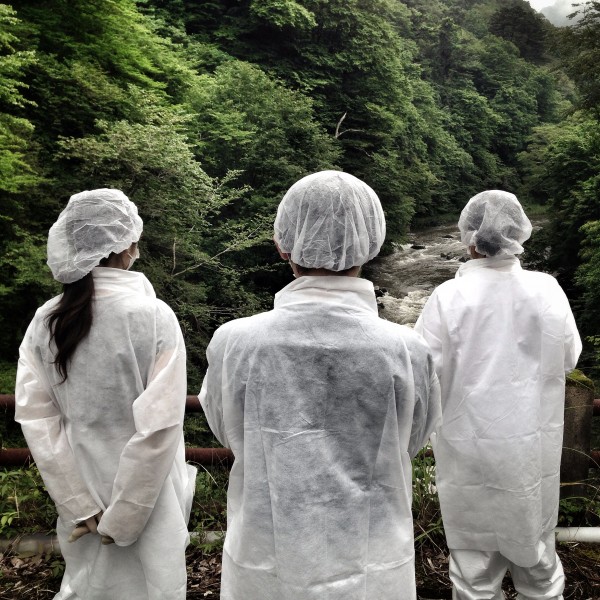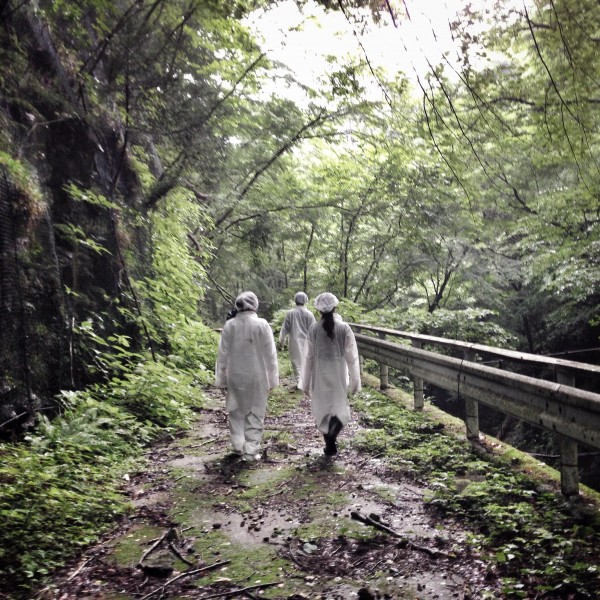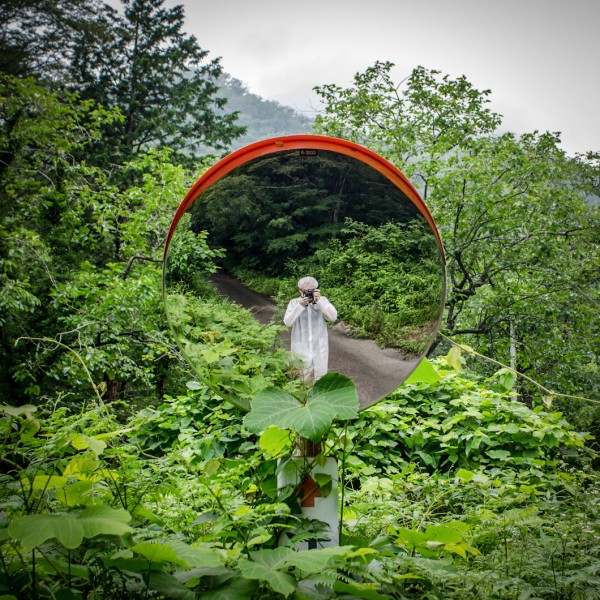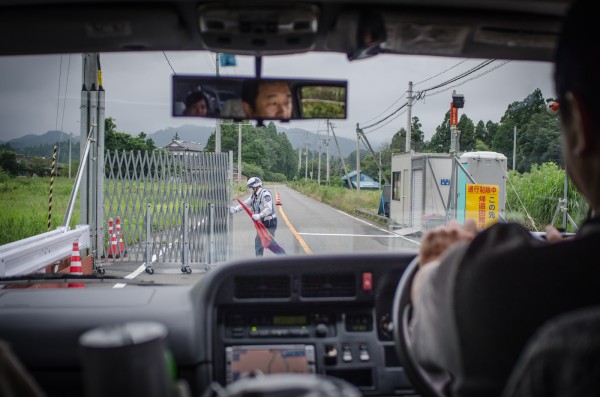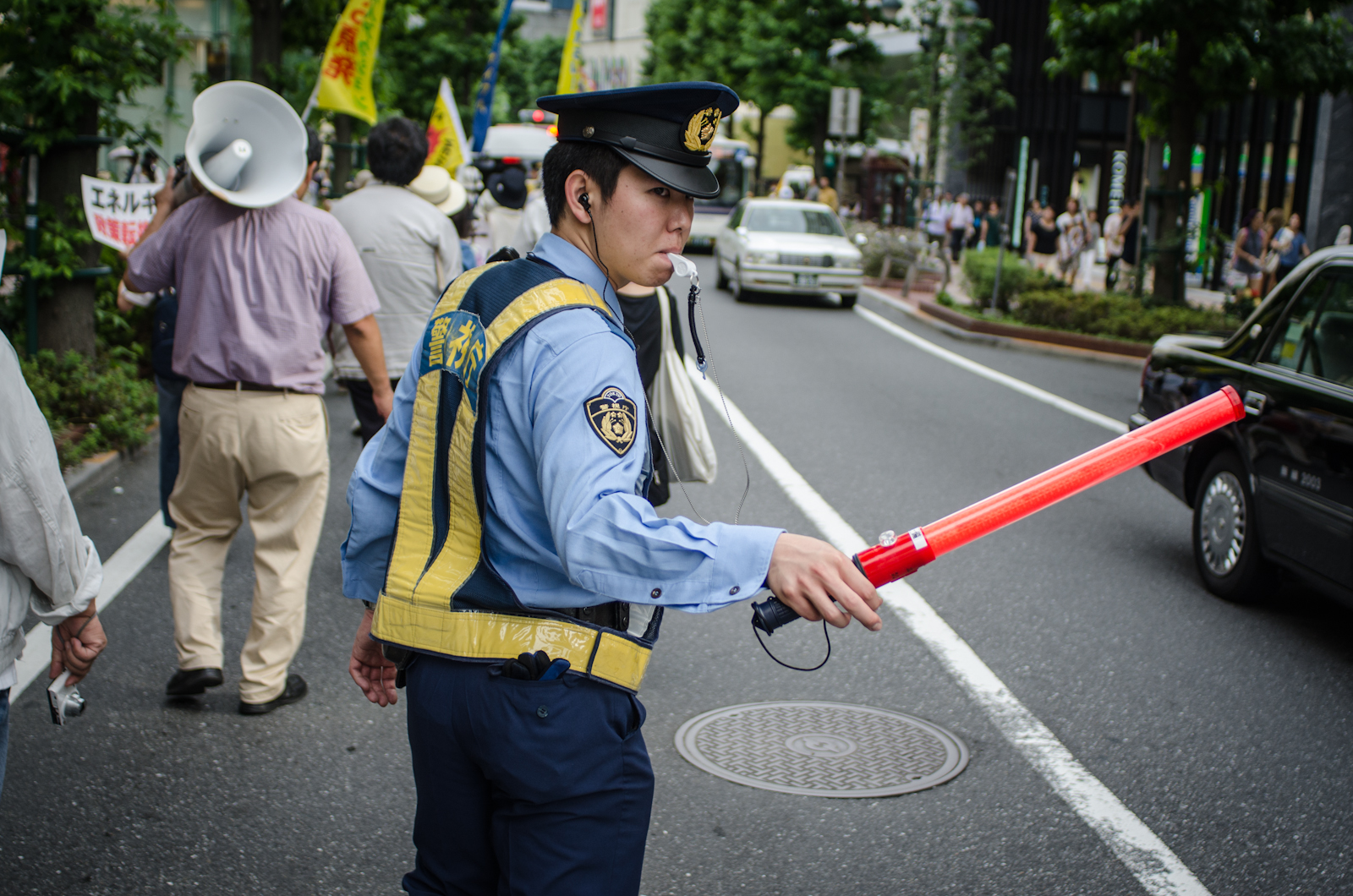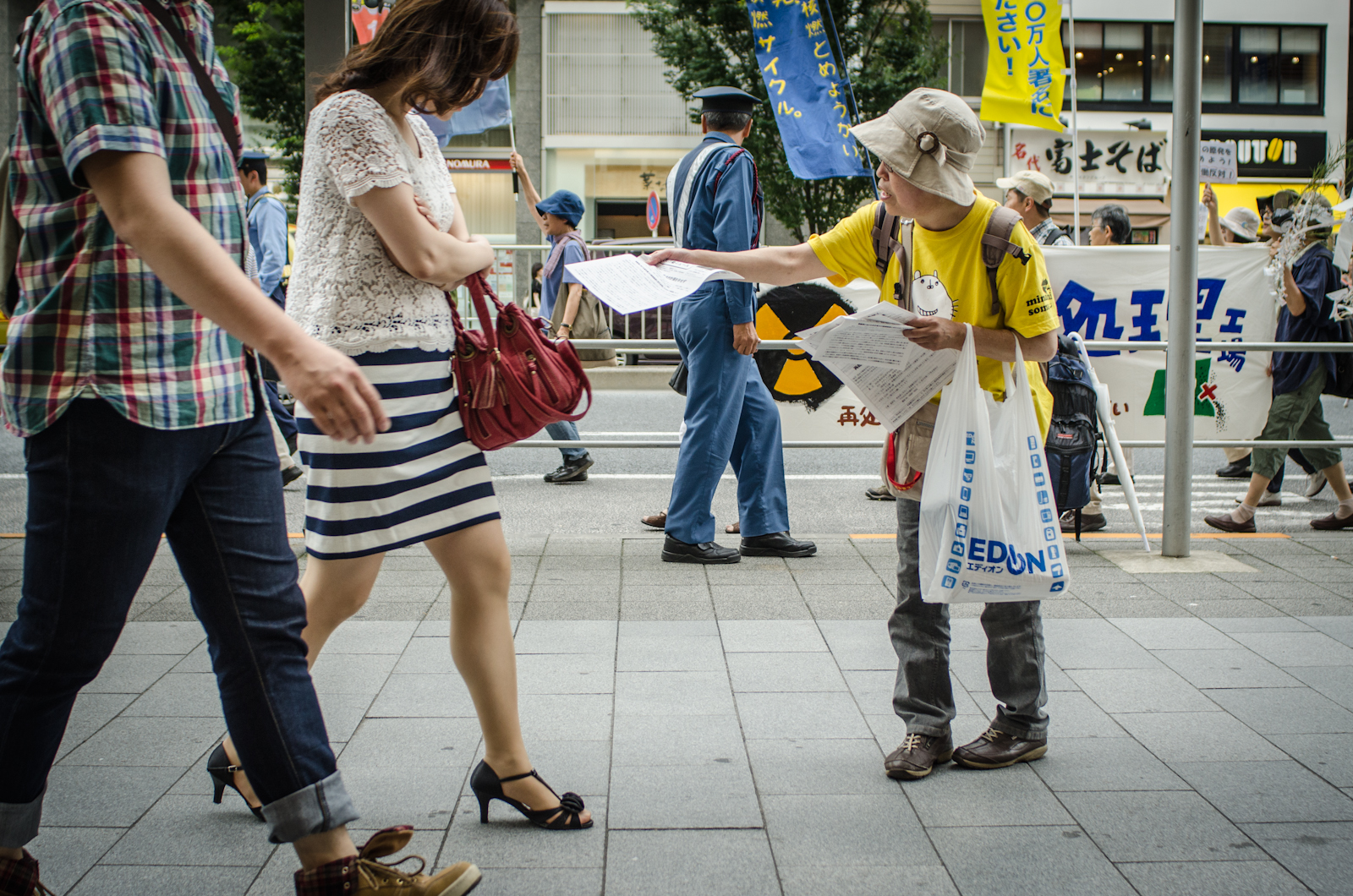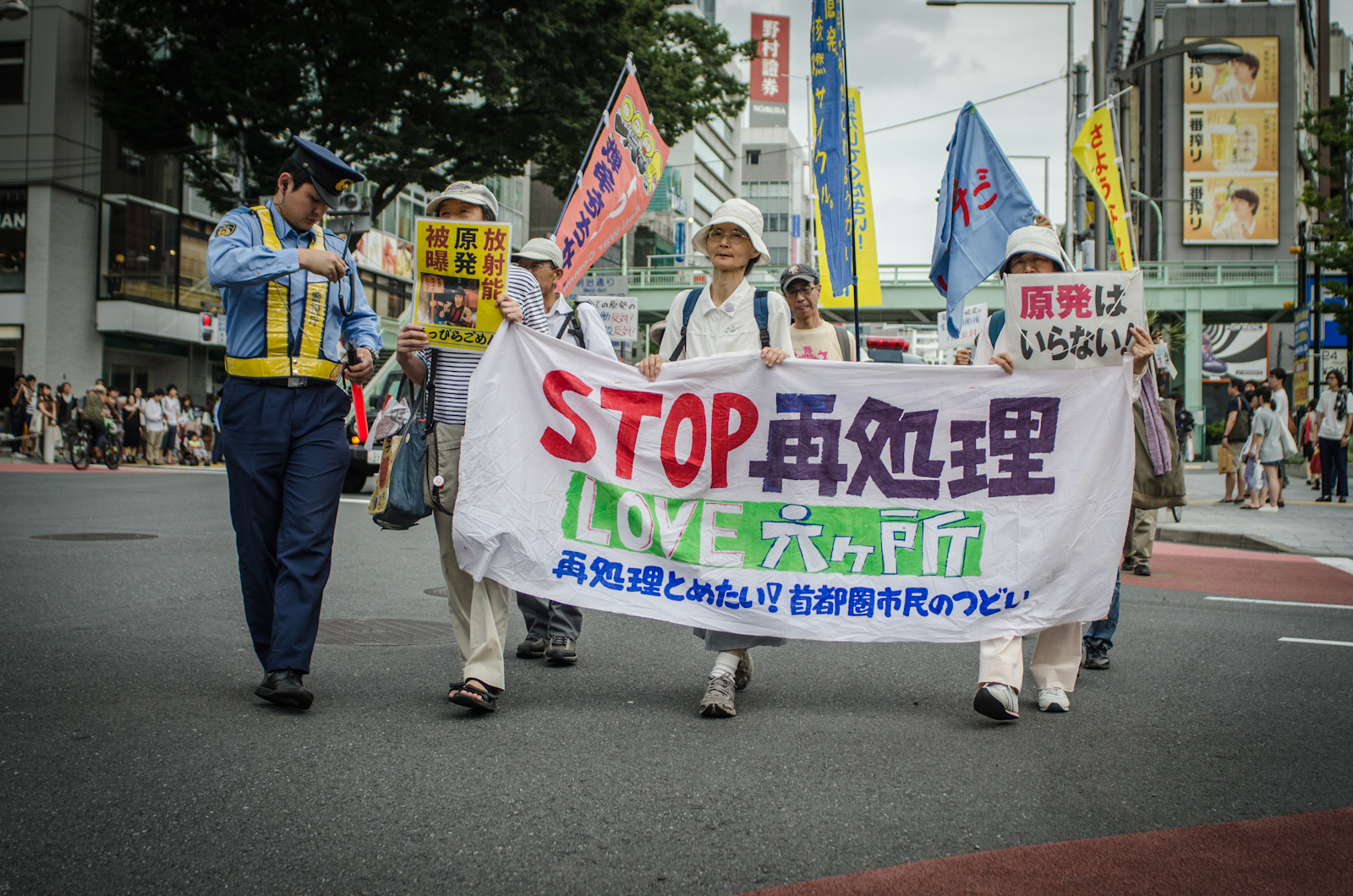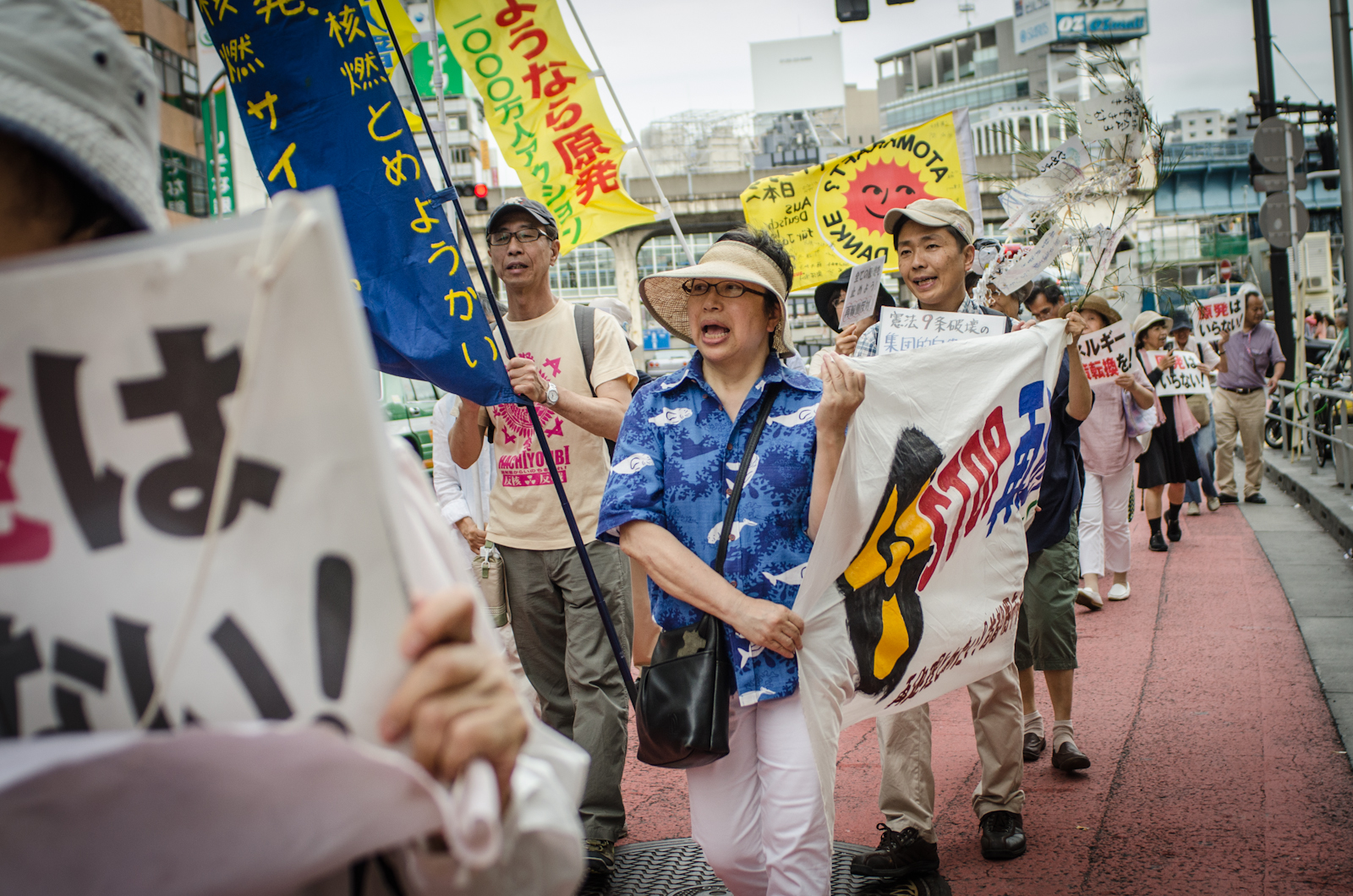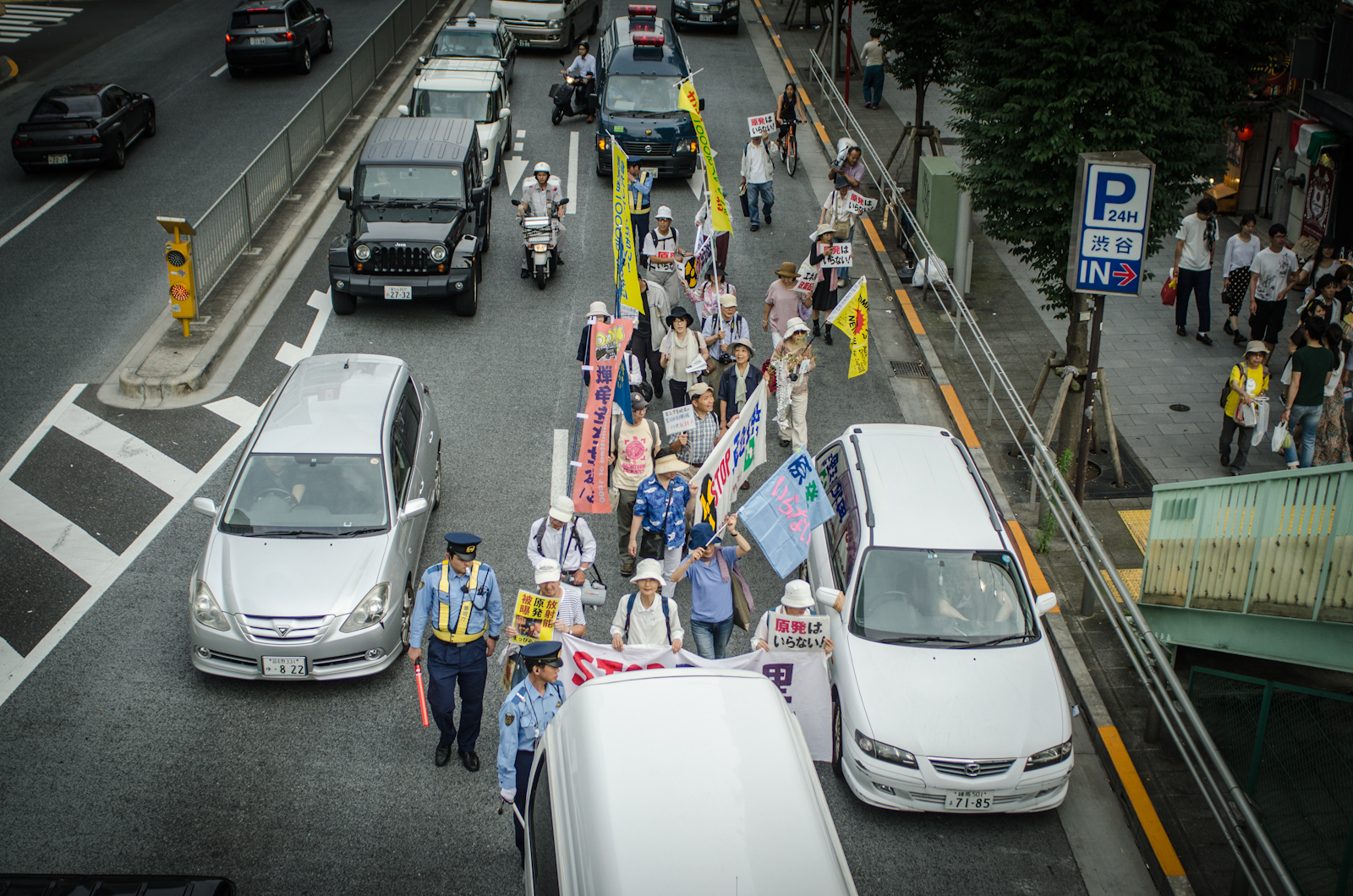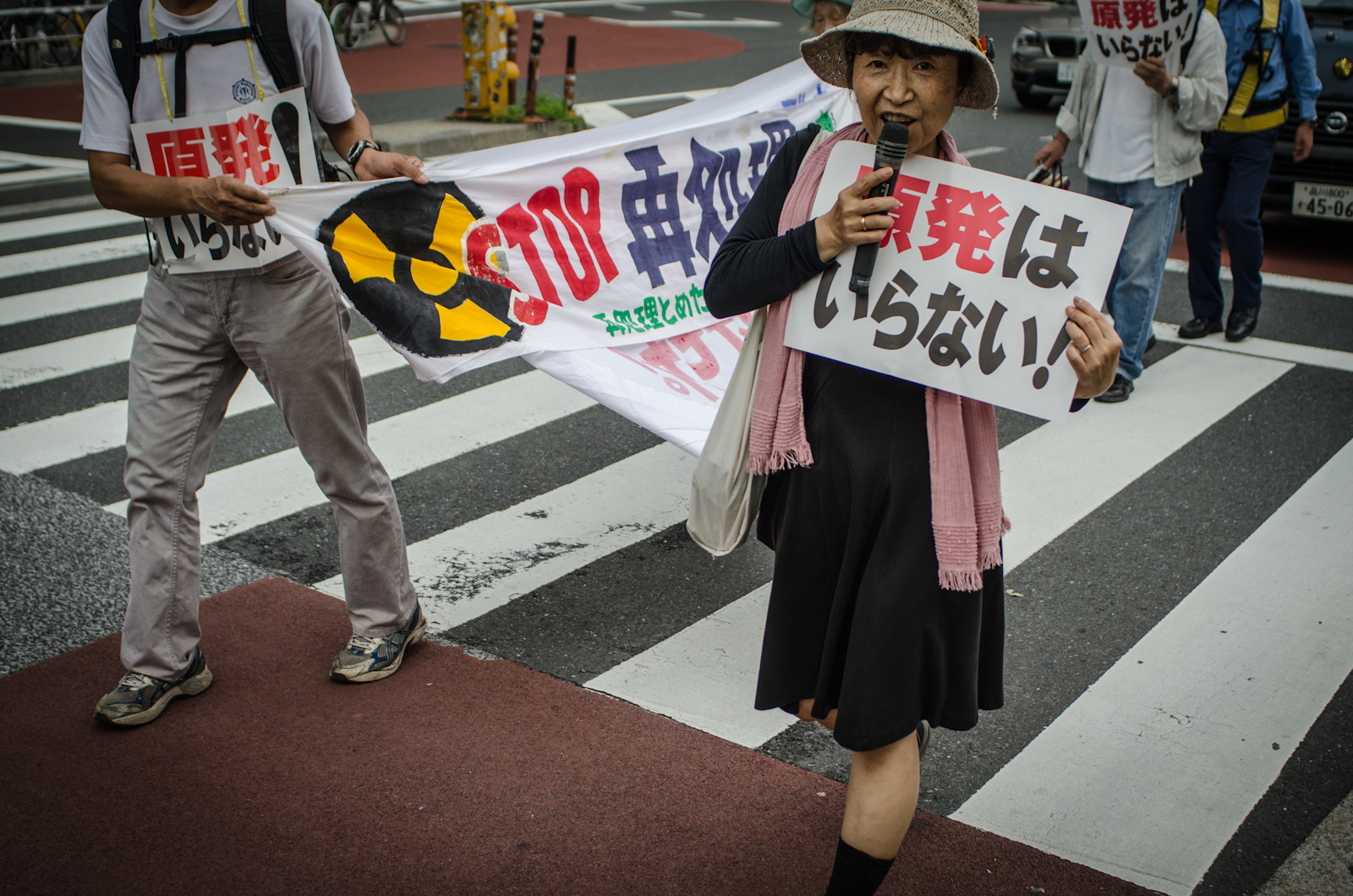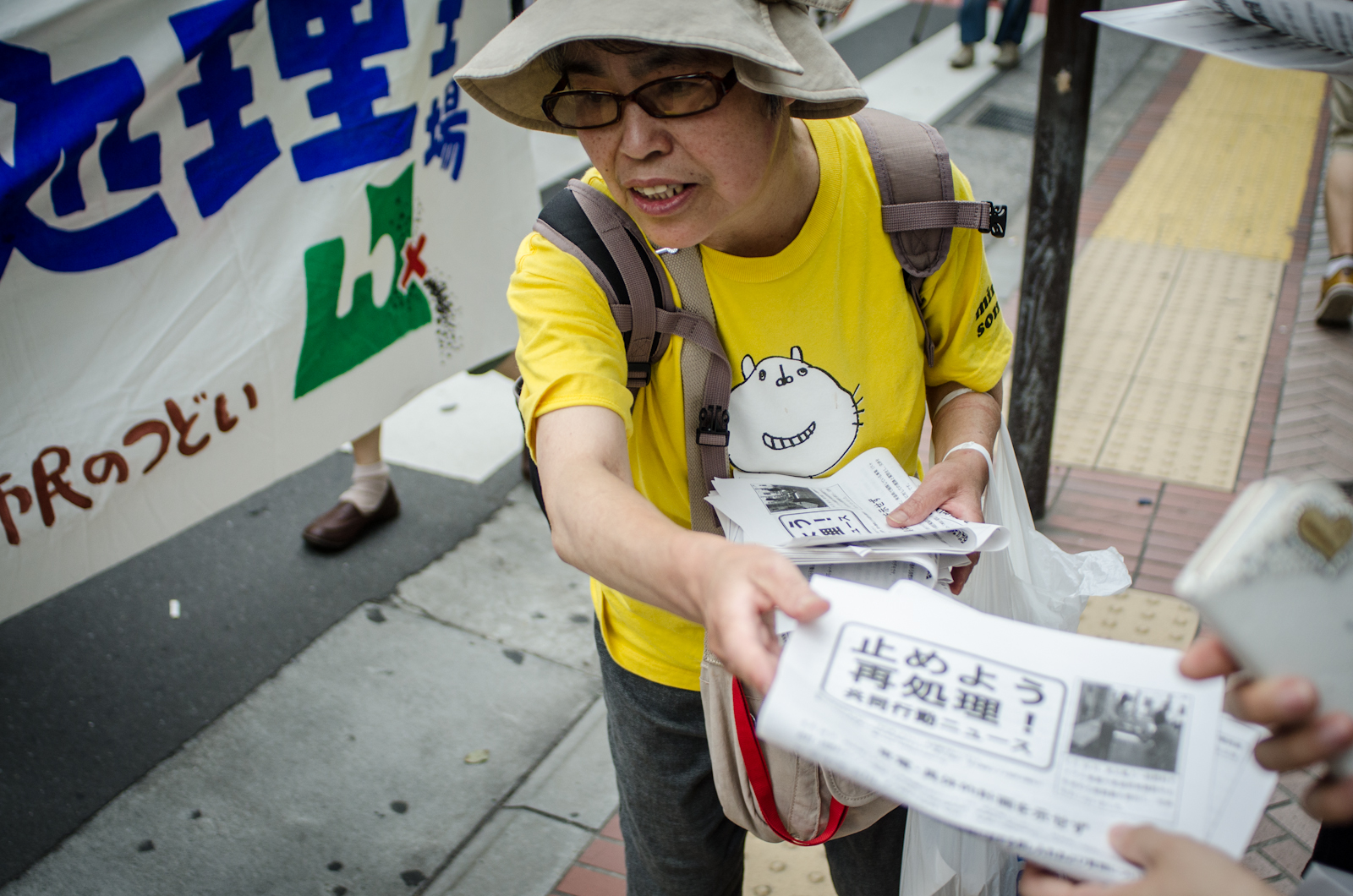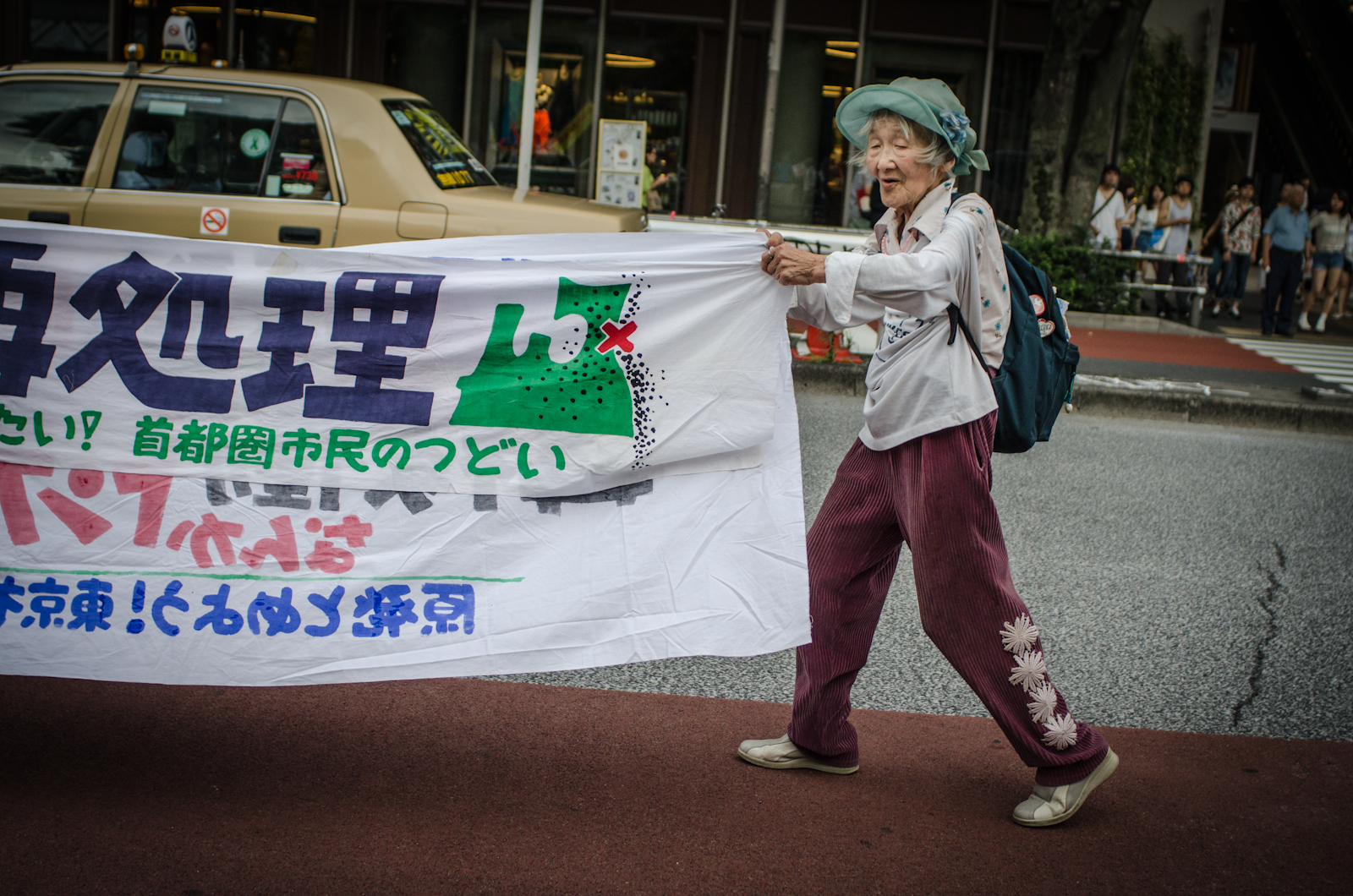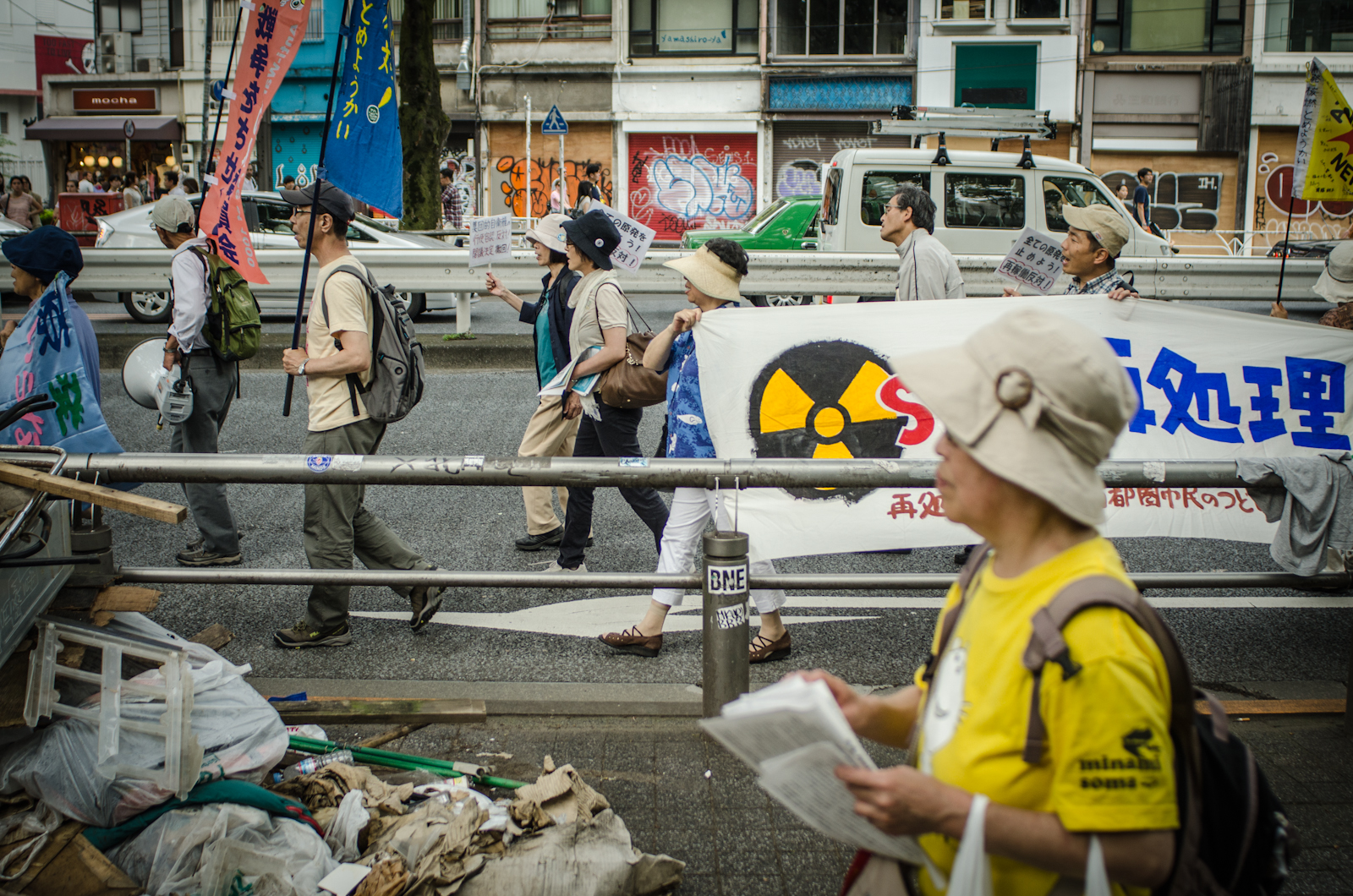I was invited to present my PhD research about Chernobyl at UCL last June with Platform Ukraine, a multidisciplinary network set up in response to the recent tumultuous events in Ukraine and Eastern Europe. Platform Ukraine is based at the School of Slavonic and Eastern European Studies (SSEES).
The conference shone a timely light on many aspects of the post-Euromaidan situation in Ukraine, as well as providing an opportunity to exchange ideas on boarder issues and challenges in Post-Socialist space.
I was on a panel focusing on Chernobyl and was talking alongside Dr Paul Dorfman from UCL and Professor Jim Smith from the University of Portsmouth. Chaired by Mateusz Zatonski from London School of Hygiene and Tropical Medicine, the session lead to an interesting discussion about the role of nuclear power in contemporary society. Paul and Jim both gave excellent talks from a more scientific (with a capital ‘S’) perspective than my own ethnographic insights, which made for an interesting confluence of ideas.
My presentation was titled ‘Living with Nuclear disaster: Informal Understandings of Chernobyl‘.
Abstract:
"Drawing upon extensive qualitative research and visual methods with communities who live around the Exclusion Zone in Ukraine, this paper will discuss the ‘lived experience’ of nuclear disaster (de Certeau 1984). It will reveal the coping tactics and informal understandings of post-atomic space that allow marginalised groups to inhabit and renegotiate this stigmatised landscape. The paper argues that alongside the half-lives, Exclusion Zones and official measurements of nuclear risk, exists an informal geography of Chernobyl. Local alternative understandings of Chernobyl, which are often at odds with the formalised spatialisations of the Zone, allow people to negotiate the twin ‘exposures’ of nuclear radiation and de facto state abandonment. Informal economic activities such as border crossing, mushroom picking, and scrap metal collection blur the boundaries of the Zone and contest the official governance of Chernobyl (Davies & Polese 2015). This long-term research has involved participant observation, participatory visual methods, and semi-structured interviews with evacuees, liquidators, border guards, ‘Chernobyl widows’, farmers and returnees who inhabit and contest the nuclear borders of the Chernobyl Exclusion Zone."
Being part of Platform Ukraine was a excellent experience and I look forward to more involvement in the future.
You can check out their blog and follow Platform Ukraine on twitter here.
Research diary outtake:
Hazmat suits and dosimeters, masks and rubber gloves we walked. Through the woodland near their house, abandoned but not forgotten in the Exclusion Zone. I am shown where they used to live, before everything changed.
I am walking with a husband and wife who were forced to leave their home after the nuclear disaster. Like tens of thousands of other evacuees, their lives have been utterly disrupted by what happened at the local atomic power station.
Now uncertainty has become the new normal; of not knowing when or if they may ever return. Uprooted and downsized they now live several hours away, their children forbidden from making this post-atomic journey back to their abandoned home, which they check upon from time to time.
“Wild boar smashed through this window” I am told, and I’m shown the shattered glass inside their house where pigs have run amok. I had seen one earlier as we were driving down an unkempt street near Namie town, before it darted into the bushes.
Along a road left overgrown with years of moss and fallen trees, we climb like spacemen up through the forest: across a river, under a branch, down-wind of the nuclear plant. Our sartorial façades of disposable white clothing turn us into nuclear symbols, alien life in this beautiful wasteland. The only visibly ‘nuclear’ thing out here is us.
I am shown a plant and its unripened berries, held in a latex glove; I make a photograph, transfixed by this strange vista.
The sound of the waterfall and the wind-blown leaves fail to conceal the threat of radiation. The nagging ‘click’ of the Geiger counters make sure of that. We hold onto our dosimeters like handrails in the dark, as they guide us arrogantly across this nuclear landscape. Along with our protective clothing, these devices were lent to us by the sad-faced employees of ‘Tokyo Electric Power Company’ when we entered the Zone.
That evening as we leave the Zone and our bodies are scanned for radiation, the same nuclear workers will bend double, bowing deep apologetic bows – the likes of which I have not yet seen in Japan.
hazmat
ˈhazmat/
noun
-
dangerous substances; hazardous material.
-
A hazmat suit (hazardous materials suit) is a piece of personal protective equipment that consists of an impermeable whole-body garment worn as protection against hazardous materials. Such suitsare often combined with self-contained breathing apparatus (SCBA) to ensure a supply of breathable air.
# dosimeter, Exclusion Zone, Fukushima, Geiger, Hazmat, human geography, Nuclear, radiation, TEPCO
1 1
Research diary outtake:
I went to an anti-nuclear protest in downtown Tokyo on Sunday. A few police were there to escort the protestors, occasionally stopping traffic and blowing their police whistles. It was an extremely controlled and polite affair. The police even told the protesters when and where to stop, which they promptly did.
It was a small protest by any standard, only twenty three people in total, the average age being somewhere in the mid-sixties. Holding anti-nuclear banners they chanted “No Nukes!” in English, and an elderly lady with a microphone made remonstrations about Fukushima through a megaphone.
I followed them as they slowly walked their way through the busy shopping district of Shibuya; moving at the pace of a funeral march – the police van ahead acting as their hearse. One protestor attempted to hand out flyers to the sea of shoppers who weaved past. Very often passers-by turned down the offer of a leaflet, politely bowing their head in rejection.
This small group of elderly protesters seemed so insignificant against the backdrop of Shibuya’s heaving intersection. The throng of faces waiting, texting, only occasionally glancing up – momentarily – at the comparatively unusual sight of a protest in Japan, before continuing on as they were.
In some ways it reminded me of a discussion I had last week at a ‘roundtable’ about Fukushima hosted by the the Foreign Correspondents Club of Japan. Several academics were there, as well as a Ukrainian diplomat and Japanese politician Tsuyoshi Shiina from the opposition ‘Unity Party‘ (結いの党).
The general consensus from the invited speakers was that the Fukushima accident has had relatively little impact on Japan’s political landscape. Much like how this small group of protesters was having little impact on the opinions of the thousands of uninterested onlookers.
What I took away from the roundtable about the political impact of Fukushima was both interesting and surprising. You can watch the whole discussion the video below.
At the time of writing we are almost three and a half years after the Fukushima nuclear disaster. A similar period of time after Chernobyl occurred in the ‘Ukraine Soviet Socialist Republic’ [Украинская Советская Социалистическая Республика] – the Soviet Union collapsed. Some academics such as Phillip Stone, Marjolein van der Veen, as well as myself, have attributed Chernobyl as a key factor leading to the sudden and unexpected implosion of the Soviet Empire. Chernobyl was, as one journalist reminded me at the Fukushima roundtable, the real start of Glasnost, of freedom of information. It showed for the first time the complete failure of the Soviet Union to protect its citizens.
In Japan there are no signs of such change. Given the far-reaching consequences of Chernobyl – might we expect more? In Japan there is no real questioning of the status-quo, at least at the national level, at least at the level of mainstream politics. The current government in fact, has never been stronger, with Prime Minster Shinzō Abe (安倍晋三) even able to pass a controversial law ending Japan’s constitutionally implied post-war pacifism.
Nuclear energy has not even become a totem around which opposition movements can pin their colours, as happened with Polish independence movements after Chernobyl. Instead we have the opposite – an entrenchment of political voices that means Japan’s energy landscape, which saw a reduction of nuclear power by 95% since 2010, will only be a brief hiatus in the onward march towards nuclear energy. The Fukushima-Daiichi accident is, then a mere bump in the road. In Japan the ‘nuclear village’ – as guest speaker Dr Christopher Hobson frames it – is as strong as ever, with the incumbent and opposition parties in Japan unable to offer any real alternative to nuclear power.
***
I guess one expects things that one looks at intensely to hold a stronger significance. We are perhaps all guilty of attributing greater significance to things we signify as important. Perhaps Chernobyl did not have that large an impact on the political landscape of the USSR, if Fukushima is anything to go by. Or perhaps the official political impact of disasters is the wrong measure, and skirts around the real impacts felt by the damaged and abandoned communities who always seem to preface nuclear disaster. Perhaps the undeniable social fallout – is where Chernobyl and Fukushima become uneasy bedfellows for comparison.
Chernobyl may not be the right lens through which to view all nuclear disasters, but its magnitude has fated each future meltdown to be compared – cheek by jowl. There is some truth in the cliché that ‘If you’re holding a hammer then everything starts to look like a nail‘. My hammer is four years of doctoral research about Chernobyl, so no surprise, then, that in my mind at least, Fukushima is the Chernobyl of the East. I’m hardly the first and won’t be the last to compare one with the other. It’s how we understand anything, through comparison, through metaphor.
The dissonance between the small group of elderly protestors marching slowly through Shibuya and the mass of passive onlookers glancing up with indifference reminded me of the political situation in Japan. It spoke to the disconnect between a disaster’s huge social impact, and its apparent limited impact on the political landscape.
***
Read more on Hobson’s research on the post-3/11 politics and nuclear power in his recent paper here.
Vodka reflections:
I’m editing photographs from my research trips to Chernobyl in Ukraine. Tomorrow will mark the 28th anniversary of the disaster. Going through the photographs and interviews from Ukraine is reminding me of some of the most incredible experiences of my life, and the kindest people I know.I’m working late tonight to meet deadlines, but at 1:23am I will raise a glass of Nemiroff vodka to all those who were (and continue to be) affected by the disaster. Especially those I had the pleasure of knowing – some of whom are no longer here.
The photograph on the laptop above is part of the War without War photography project. It shows a photograph of Sasha, a great man I had the pleasure of spending time with.
